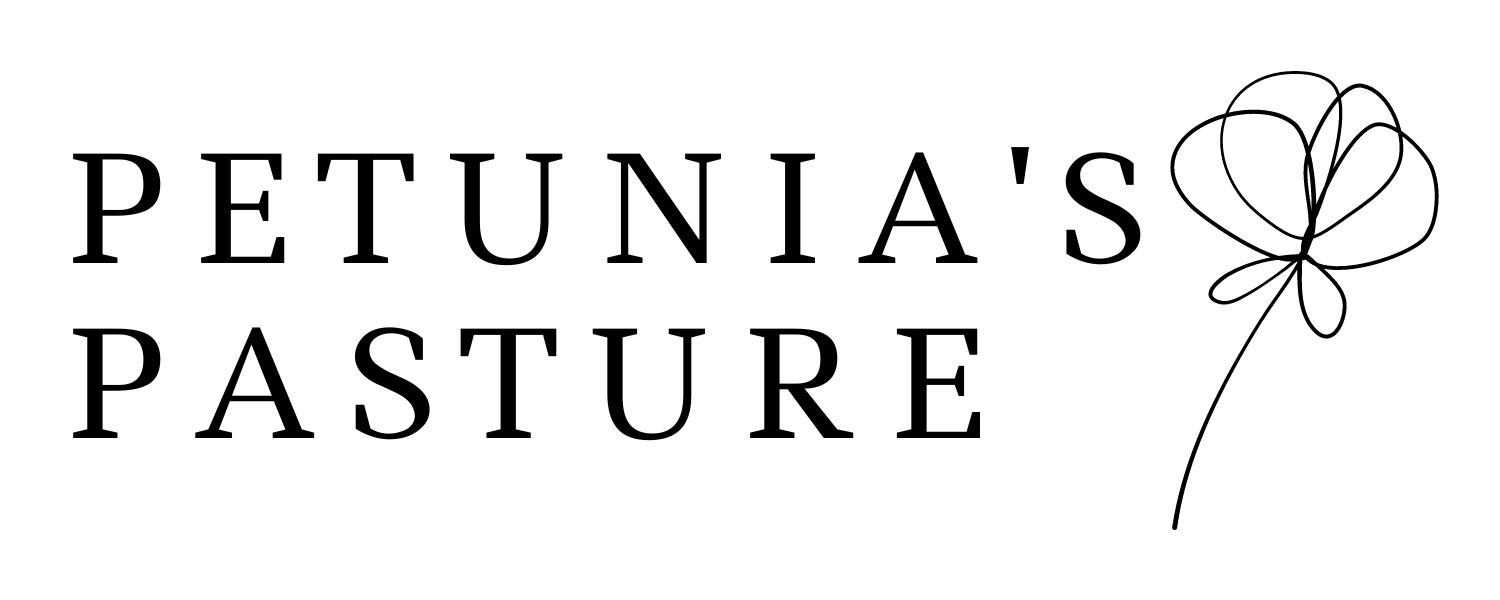This is a fun and simple science experiment that goes along with Ancient Egyptian history, and/or simply fits in well with the month of October (harvest time, halloween)! It demonstrates why the Egyptians chose to use natron (salt) when preserving their dead. Print the free printable in this post to record your results!

I taught middle school science before I had a family. I loved watching students get excited about hands on activities and experiments. I also learned a TON about classroom management, as I am sure you can imagine! Sometimes I wished I had chosen a calmer subject, like Language Arts. Truly though, teaching Science was a lot of fun!
Now, as a parent homeschooling my own children, I find that Science often gets pushed to the side because we are focusing on Reading, Writing, and Math. I often forget how much FUN there is in learning when kids are given the opportunity to discover and have a hands on experience.
My goal in sharing this simple science experiment is for you to be able to print it off, grab the materials easily from your own home, and have some fun today in your homeschool. Many of the science activities and experiments I have found on the Internet are just a tad too fussy for my liking. I hope I was able to simplify this activity enough, so you can take and run with it!

SUPPLIES FOR MUMMY APPLES--SIMPLE SCIENCE EXPERIMENT
10 cups
2 apples
natural preservatives (salt, sugar, vinegar, and baking soda)
This post contains affiliate links, which means I make a small commission at no extra cost to you. See my full disclosure here.

PROCEDURE
- Cut the apples into even slices. You will need 10 slices total, one per cup.
- Set up a control group first. These apples will not have any preservative added to them, and will be used for comparison when analyzing the results. Put one apple wrapped in gauze in a cup, and put one unwrapped apple in another cup. That's all!
- Now set up the experimental group. Cover these apples with the preservatives--enough to completely cover the apple (we used 1/2 cup of preservative in each cup to be consistent).
The experimental cups should be labeled/assembled like so:
apple with gauze + covered in salt
apple without gauze + covered in salt
apple with gauze + covered in sugar
apple without gauze + covered in sugar
apple with gauze + covered in vinegar
apple without gauze + covered in vinegar
apple with gauze + covered in baking soda
apple without gauze + covered in baking soda
4. Place all cups in a warm, dark and dry place.
5. After one week, "unearth" the mummies. Unwrap the apples to reveal and discuss the results.

TIPS & NOTES
The kids were really excited to check out the results! One thing I would do differently next time is to use an apple slicer, so all the apples are the same thickness. This would have been helpful for analyzing the results and making conclusions easier.

When analyzing the final results, you should observe that the apples preserved with salt are shriveled up because salt is desiccant. A desiccant the name of a substance that pulls water out of things. Salt also has anti microbial properties, which means it helps prevent the growth of bacteria and ultimately prevents decay. Ancient Egyptians used a special salt, called natron, that was found in the banks of the Nile River to preserve the dead. This mummification process could preserve bodies for thousands of years, and has allowed archaeologists to learn about the lives and culture of the Ancient Egyptians.

CLICK below to download and print our Mummy Apples Experiment printable!
What's included:
- Materials and Directions
- Student Lab Report to record a hypothesis, observations, and conclusions
- Discussion Questions
- Recommended books to learn more about mummies!

